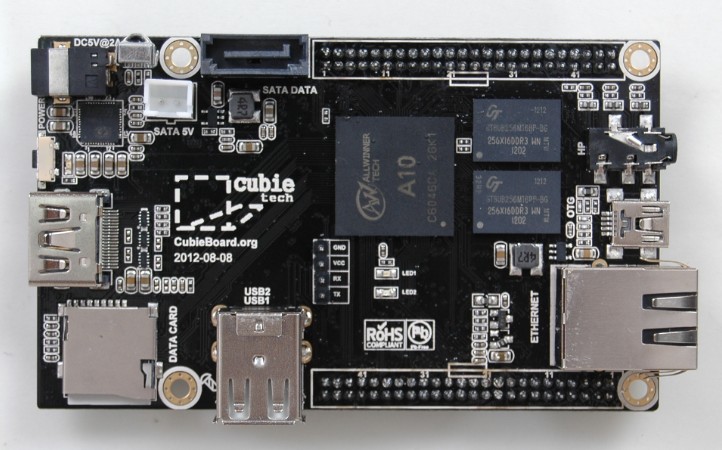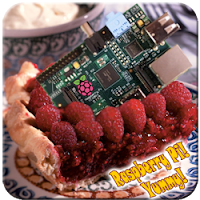
To get this project to be ready for Alpha release, it will be continued into the coming months. With a fully functional project, the work will now focus on the user experience and adding some extra functionality. Some additional tools will be added to allow for more data to be extracted from the network, making the user experience better. Ideally, all the scripts will be ported to Python to allow any user to take just the scripts they find useful in whatever environment they would like. There will also be testing for new hardware and configuration. There will be attempts to better hide the device on a network to allow it to be more functional for longer, without ever being picked up by the network administrators.
Finally, the most important part of the project will be done last. As I am a Computer Forensics student, the overall goal is to not only have a product, but also be able to tell when it is being used against you on your own network. There is already a plan in motion to allow for a team to be put in place to test this very thoroughly and determine the best countermeasures, as well as locate all footprints on the network. In the end, the goal will be to have the best functioning product, such that it is hard to detect and very productive, however, there will be written documentation on how to detect the device if there is any fear of it being used against your network.
Thank you to everyone who has been following, and please continue to follow this project, as there is more to come, including a paper, functional scripts, and an operating system image that will be ready to be used immediately upon installation.


